From the United States, we awaited the arrival of the coronavirus with great trepidation, watching as countries overseas battled what would eventually become a global pandemic. Manufacturers raced to postpone normal operations, keeping workers safe and distanced, but many jumped at the opportunity to produce much-needed equipment and personal protective equipment (PPE).
[javascriptSnippet ]
Change in the face of adversity
Change never comes easily, but turning on a dime and switching production capabilities is no simple task. Depending on the scope and scale, it requires a variety of considerations, especially on the technology side.
“There are various controls and automation related facets to consider if you’d be converting a machine, line or facility from producing one type of product to something completely different,” says Chris Tury, Jr., general manager of the New Hudson, Michigan, office of Outbound Technologies, a member of the Control System Integrators Association (CSIA). “Repurposing and retrofitting things is done all of the time, but typically it’s for a different product of the same type or at least within the same industry.”
For example, a machine that stamps out automotive door paneling might be repurposed several times, but it’s likely that it would only be altered in order to produce a different type of door panel, explains Tury. This does have its challenges, but it’s not reinventing the wheel.
“In the case of changing something that bakes paint onto residential siding to something that bakes bread, for example, this now causes new considerations,” Tury continues. “Regulatory requirements and standards are key factors. Some industries such as medical-device assembly have rigorous validation standards that must be adhered to. Some processes require abatement for pollution control, and others do not. Sometimes these regulatory requirements must also be tracked, recorded and reported. Modern automation systems are designed for this and should be considered.”
Environmental conditions play a role in the operational aspects of automation and control systems, explains Tury. “Some manufacturing settings cause production-related byproducts in a facility, such as oil in the air, motor harmonics and changes in ambient lighting. The efficiency and performance of an automation system can be affected by these conditions. For example, an industrial vision system meant for quality control is tested and validated to work in specific conditions. If these conditions are altered, the positioning and performance must be revalidated.”
For a system integrator to facilitate these changes, the place to start is a site audit to evaluate the existing conditions and apply that knowledge to process design changes, says Tury. “We would need to have interactive dialogue with the end user and OEM throughout the process to ensure that all aspects of the new process for the new products have been taken into account,” he explains. “Some hardware is likely to remain in place and be reused, such as the controllers and HMIs, and some is likely to change, such as the field instrumentation and the mounting devices. As each process is unique, it would be difficult to determine these items until the design is underway.”
Most of the plants we've seen on the news are converting unused corners of their facilities to largely manual ventilator production, explains John Kowal, marketing director, B&R Industrial Automation. “I wouldn't call this changeover, not even reconfiguration of existing machinery,” he says. “These seem to be largely manual processes, so there’s some fixturing, but not a high-production automated environment. After all, in a few months, one of my colleagues notes, we'll have an excess of ventilators and production will revert to existing or new products core to the company. So, by the time you’ve automated the process, it would probably be time to shut the line down.”
In a facility employing adaptive machines, it would be possible to look at reconfiguring an assembly cell with the appropriate automated equipment, but we are still in the adoption phase for the adaptive machine, explains Kowal. “We are seeing the adaptive technologies appearing within a particular machine to achieve zero changeover time or batch size one,” he says. “The next step will be integrated lines interconnected by tracks. But that's not going to be installed at an automotive plant today.”
Most of the automation Kowal has seen in automotive component manufacturing, things such as circuits, steering assemblies, alternators, are run on dedicated, custom-built machines that would not lend themselves to repurposing for low-volume, short-run ventilator assembly. “Perhaps it would actually make more sense to reconfigure manual assembly lines for non-automotive electromechanical products to ventilator production—things such as small appliances, air moving fans or tire inflators,” he offers.
In part 5 of this series of articles, we handle the goods we convey.
Mike Bacidore is the editor in chief for Control Design magazine. He is an award-winning columnist, earning a Gold Regional Award and a Silver National Award from the American Society of Business Publication Editors. Email him at [email protected].
About the Author
Mike Bacidore
Editor in Chief
Mike Bacidore is chief editor of Control Design and has been an integral part of the Endeavor Business Media editorial team since 2007. Previously, he was editorial director at Hughes Communications and a portfolio manager of the human resources and labor law areas at Wolters Kluwer. Bacidore holds a BA from the University of Illinois and an MBA from Lake Forest Graduate School of Management. He is an award-winning columnist, earning multiple regional and national awards from the American Society of Business Publication Editors. He may be reached at [email protected]

Leaders relevant to this article:


